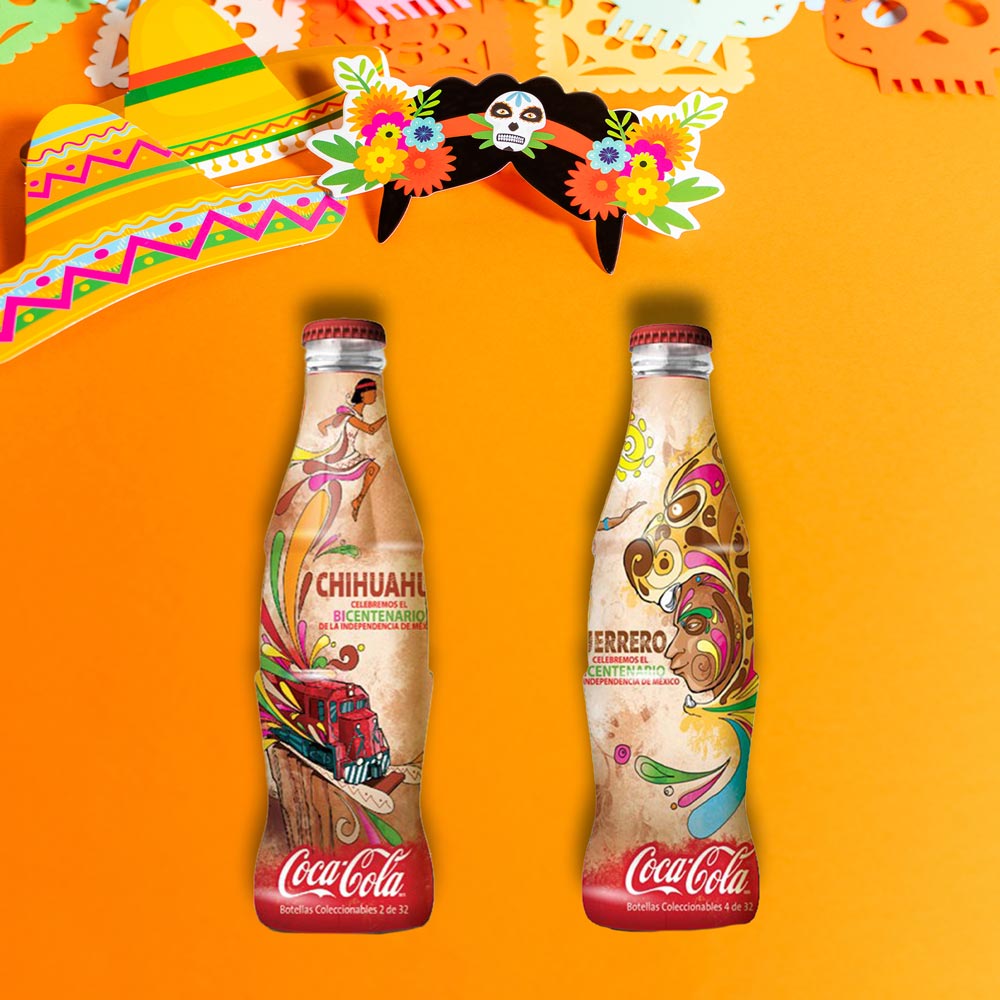How Mexican Graphic Designs Influence Global Art Trends
Mexican graphic design is a unique blend of tradition and modern style that has left a lasting mark on the global art scene. How do these vibrant designs shape global trends? Let’s explore their influence based on my experience in the design industry and find out what makes them different.
The Cultural Depth of Mexican Graphic Designs
From my years of experience in the design field, I have seen how deeply Mexican graphic designs are connected to the country’s rich cultural history. From ancient Aztec symbols to colorful folk art, these designs often carry stories and meaning.
Bold colors, intricate patterns, and symbolism are not only visually appealing but also culturally significant. This uniqueness has caught the attention of global artists, encouraging them to use similar elements in their work.
For example, Mexican illustrations such as sugar skulls or Dia de los Muertos themes are now popular in fashion, tattoos, and digital media around the world. This crossover shows that Mexican designs have an influence far beyond their origins, and I have personally seen this influence grow over the years.
Key Design Elements from Mexican Culture
In my experience, Mexican graphic designs are known for their unique elements that reflect the country’s cultural richness. These design elements are versatile and can be used in global graphic design projects, providing a creative touch that appeals to audiences everywhere.
Bold Colors

Mexican designs often feature bright, flashy colors such as red, yellow, blue, and green. These colors represent the vibrancy of life and the celebration of important events in Mexican culture.
Poster Design: These bold colors are perfect for creating attention-grabbing posters for festivals, cultural events, and even modern advertisements. They add energy and excitement to any design.
Global Use: These colors can be used in global branding projects where the goal is to evoke emotion or excitement. Product packaging, websites, and advertising can benefit from this strong use of color.
Intricate Patterns

Inspired by nature, Mexican patterns often feature flowers, leaves, and animals. These patterns are detailed, adding richness and depth to the design.

Typography: You can incorporate these patterns into typography to create a custom font for a headline or logo. The detail in the pattern adds a unique touch to the text.
Global use: These intricate patterns are ideal for use in packaging designs, textiles, or digital backgrounds around the world. They can add beauty and sophistication to a variety of design projects.
Symbolic icons

Symbols such as the Aztec calendar or sugar skulls are common in Mexican designs. These symbols often represent important cultural ideas and stories.
Poster design: Incorporating symbols into posters makes them more meaningful and visually appealing.

For example, a poster for a Day of the Dead event might feature sugar skulls and marigolds, which immediately communicate the theme.
Global use: In global branding, these symbols can be used to tell deeper stories and connect audiences emotionally. They are especially effective in campaigns that rely on storytelling.
Handmade Feel
Many Mexican designs have a hand-made quality, with visible brush strokes or hand-drawn lines that give them a personal touch.
Typography: The handmade feel can be used to create fonts that look like hand-painted signs or murals. This is great for designs that feel personal and authentic.
Global uses: Handmade elements can be used globally in projects that want to convey authenticity, from Mexican designs to artisan branding.
Geometric Shapes

Mexican designs often feature geometric shapes like triangles and zigzags. These shapes are not just decorative but also carry meanings like strength and continuity.
Poster design: Geometric shapes can be used in posters to create unique designs that look both modern and traditional. They add structure and style to the overall look.
Global use: These shapes can be applied to logos, layouts, or product designs around the world, giving a project a modern but culturally rich feel.
Another key element of Mexican graphic designs is the use of Chicano fonts, which have their roots in the Chicano movement. These fonts, known for their bold, handmade look, add a layer of authenticity and cultural depth to designs. They are perfect for projects that aim to convey a strong cultural message and can be used in everything from posters to branding to evoke the rich heritage of Mexican-American culture.
Mexican Illustrators and Their Global Impact

Over the past few years, I have seen how Mexican illustrators have played a key role in bringing graphic design in Mexico to a global audience. Artists like Dr. Lacra and Gabriel Dawe have introduced Mexican themes and techniques to the world by combining traditional elements with modern styles. Their work has been exhibited globally, helping Mexican designs become part of the larger art conversation.
These illustrators blend Mexico designs with modern techniques, creating a blend that is both nostalgic and innovative. This blend appeals to a wide range of audiences, further increasing the global influence of Mexican graphic designs.
Global Brands Embracing Mexican Design Elements


A notable example of a global brand adopting Mexican design elements is Nike. In its limited-edition “Day of the Dead” sneaker collection, Nike incorporated traditional Mexican patterns, colors, and symbols.
The collection included bold colors such as orange and purple, symbolizing the marigolds used in Día de los Muertos celebrations, and intricate patterns inspired by Mexican folk art. The collection was not only a global hit but also demonstrated how Mexican design can be seamlessly integrated into modern products that resonate with diverse audiences.

Similarly, Coca-Cola has used Mexican-inspired designs in its branding and advertising campaigns in Latin America, celebrating local traditions and appealing to the cultural pride of its consumers. These campaigns often feature vibrant colors and traditional patterns, showing how global brands can connect with their audiences by adopting local design elements.
What Other Designers Can Learn from Mexican Graphic Designs
I believe designers can learn several valuable lessons from Mexican graphic design:
Storytelling
Mexican designs often tell a story. Designers can learn to use storytelling in their work, which can make their designs more meaningful and appealing.
Bold color choices
The use of bright colors in Mexican design shows that color can be more than just decoration—it can convey emotion and energy. Designers can experiment with bold colors to make their work stand out.
Mixing tradition with innovation
Mexican designs seamlessly blend traditional and modern elements. This approach can inspire designers to create new, innovative work that still honors cultural heritage.
Handmade elements
The handmade feel of Mexican design is a reminder that imperfections can also add charm. Designers can incorporate handmade elements to give their work a more personal and authentic feel.
Symbolism
The use of symbols in Mexican design is a powerful way to communicate deeper meanings. Designers can use symbolic imagery to create designs that appeal to the audience on a deeper level.
Global appeal with cultural roots
Mexican designs show that staying true to cultural roots can have global appeal. Designers can learn to embrace their cultural influences while creating work that addresses a broad audience.
Where to download Mexican graphic design assets
You can download Mexican assets such as illustrations and templates from Freepik and Envato.
Use Pinterest, Dribbble and Behance to find Mexican graphic design inspirations and observe how other designers incorporate Mexican elements into their designs.
Global Trends Inspired by Mexican Designs
The influence of Mexican graphic designs can be seen in many global art trends. For example, there has been a resurgence of handmade, artisan aesthetics in design. Mexican designs, with their handmade look, fit perfectly into this trend.
Another trend is the use of symbolism and storytelling in design. Mexican illustrators often incorporate rich narratives into their work, inspiring global designers to create designs that are not only visually appealing but also meaningful.
Conclusion
Mexican graphic design has had a lasting impact on global art trends, blending tradition with modern techniques. Whether it’s through vibrant colors, intricate patterns or traditional symbols, these designs inspire designers around the world.
For aspiring designers, understanding the influence of Mexican graphic designs can provide valuable insight into global trends. By incorporating elements of Mexican illustrations into your work, you can create designs that are both culturally rich and globally appealing.









